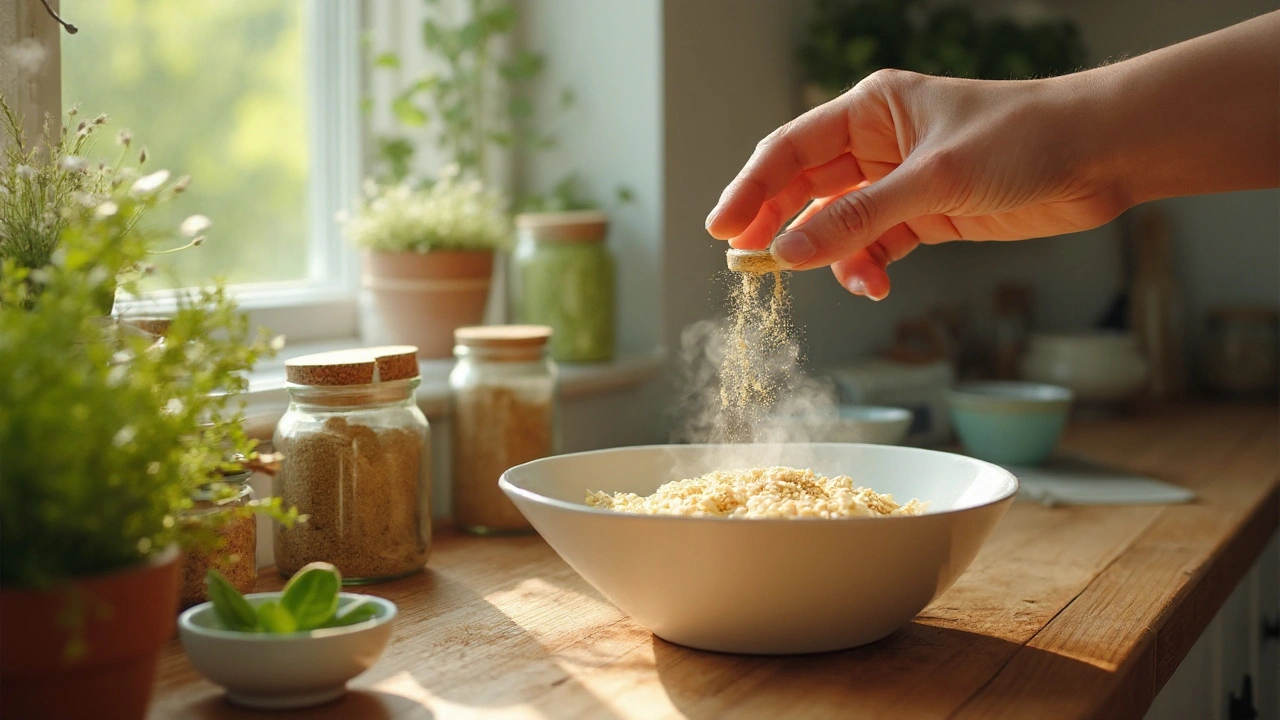
Cudweed Health Benefits: What You Need to Know
If you’ve ever walked past a field of white‑flowered plants and wondered if they could do more than look pretty, you’re not alone. Cudweed (Gnaphalium) has been used in folk medicine for centuries, and today a growing number of people are trying it for its reported anti‑inflammatory and breathing‑support properties. Let’s cut through the hype and see what the plant actually offers.
How Cudweed Helps Your Body
First off, cudweed is rich in flavonoids, especially luteolin and apigenin. Those compounds act like tiny antioxidants that mop up free radicals, which means they can reduce inflammation in joints and muscles. If you suffer from mild arthritis or sore knees after a workout, a cudweed tea or tincture might give you a natural boost without the harsh side‑effects of some painkillers.
Another perk is its effect on the respiratory system. Traditional herbalists have used cudweed to soothe coughs and clear mucus. Modern lab tests show that the plant’s essential oils can relax the smooth muscle in the airways, making it easier to breathe during a cold or mild asthma flare‑up. A warm cup of cudweed infusion before bed can calm a hacking cough and help you get a better night’s sleep.
Skin‑loving folks also swear by cudweed. Its anti‑oxidant mix helps protect skin cells from UV damage and can speed up the healing of minor cuts or insect bites. Applying a diluted cudweed poultice to a rash can reduce redness and itching, thanks to its mild anti‑histamine action.
Using Cudweed Safely
Even natural herbs need a dose‑check. Most people start with 1‑2 teaspoons of dried cudweed leaves steeped in hot water for 10‑15 minutes. Drink one or two cups a day, but don’t exceed 3 cups unless a healthcare professional says it’s okay.
If you prefer extracts, a 20‑30 mg tincture taken twice daily works well for joint discomfort. Always follow the label’s instructions and store the liquid in a cool, dark place.
Pregnant or breastfeeding women should avoid high doses because there’s limited safety data. The same goes for people on strong blood‑thinners; cudweed’s mild anticoagulant effect could increase bleeding risk.
When buying cudweed, look for products that list the botanical name (Gnaphalium) and source the herb from a reputable UK supplier. Organic certification is a plus, as it reduces the chance of pesticide residue.
Quick tip: combine cudweed with a splash of honey or a squeeze of lemon. The extra flavor makes the tea more palatable, and the vitamin C in lemon can boost the herb’s antioxidant power.
In short, cudweed offers a handy bundle of anti‑inflammatory, respiratory, and skin‑support benefits, but it works best when you respect the right dosage and quality standards. Try a modest cup, see how you feel, and adjust as needed. Your body will thank you for the gentle, plant‑based support.
-
31 Jul






